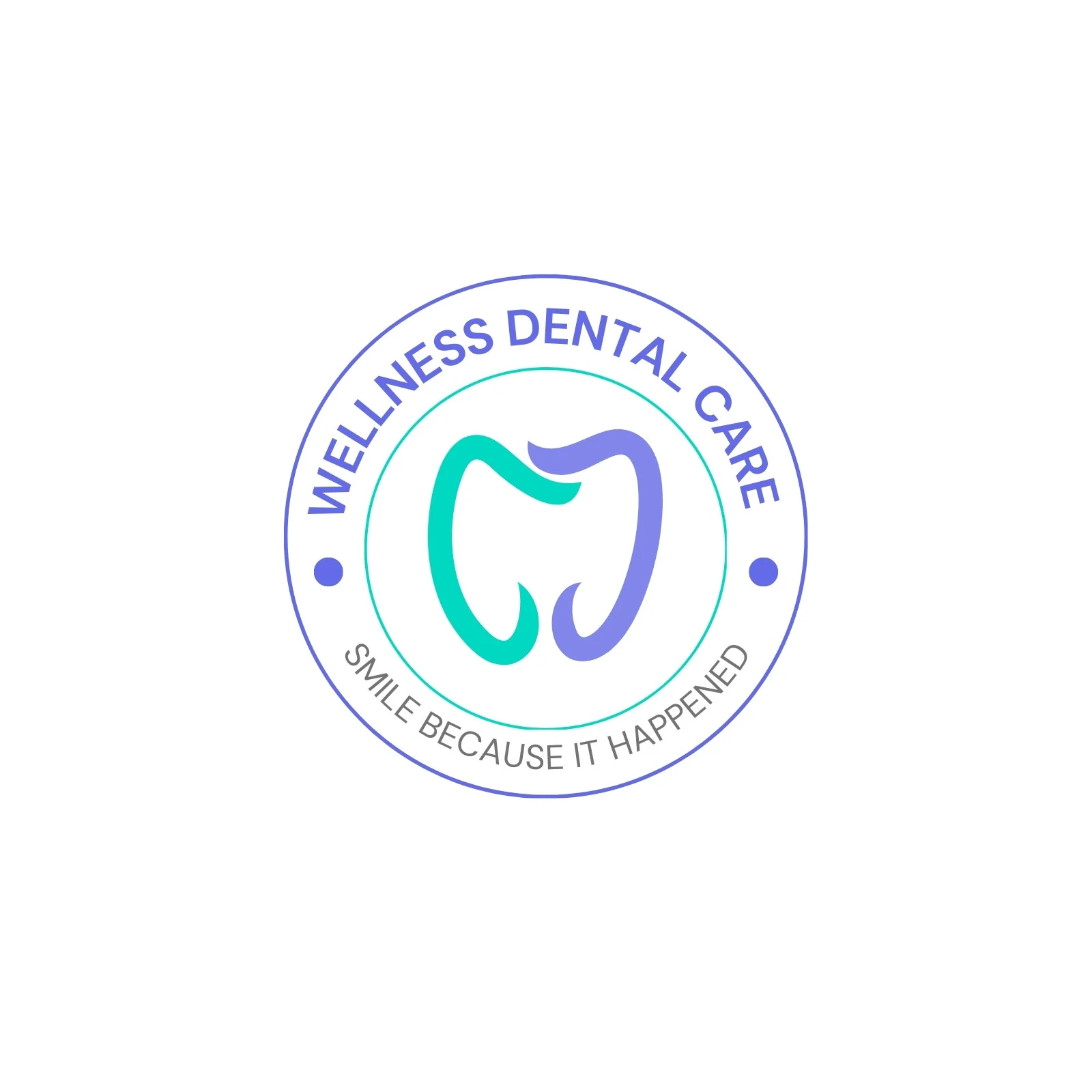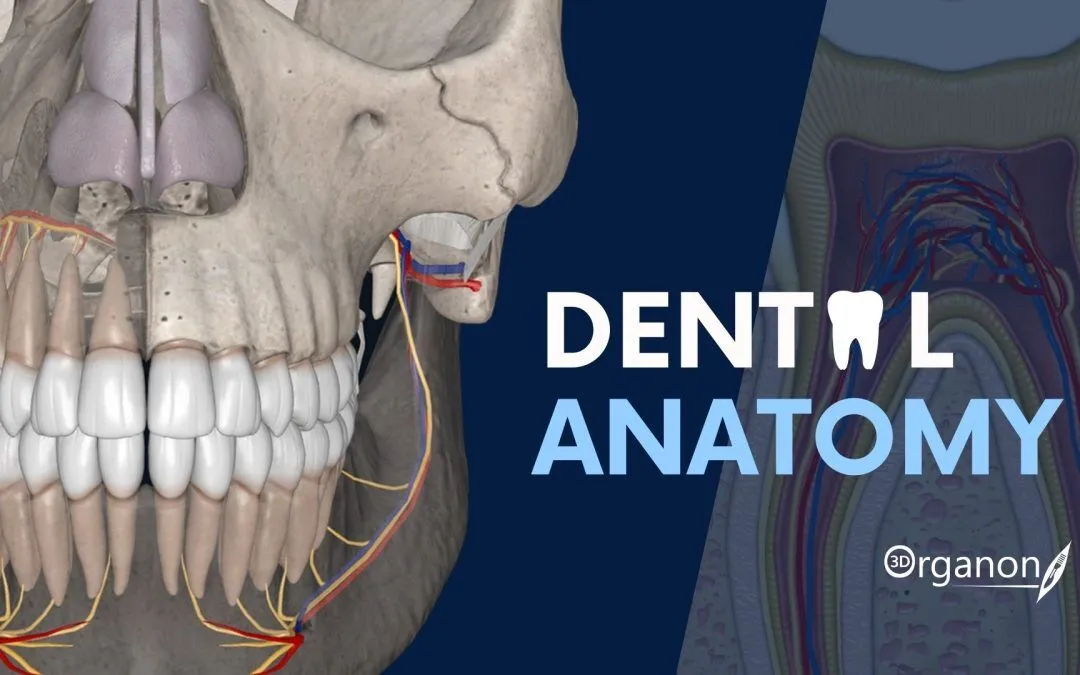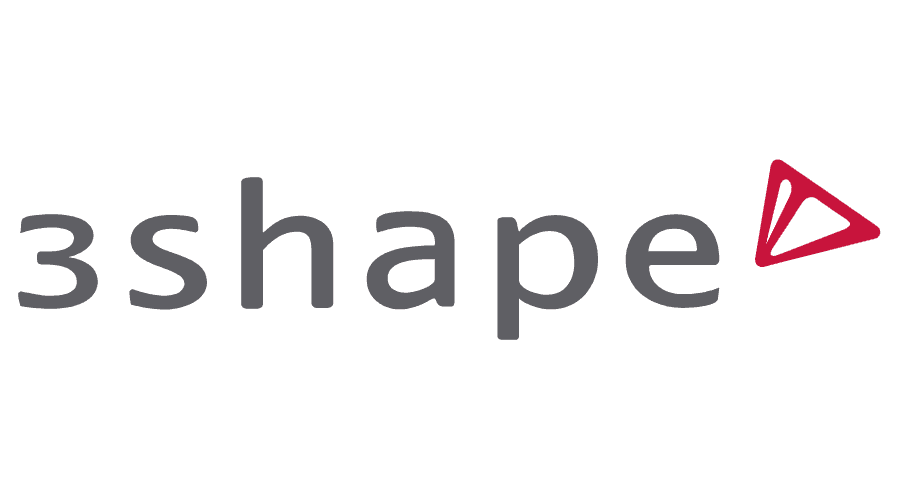Dental Morph Lite — 3D Modeling Tool for Tooth Morphology
Context
Dental Morph Lite is a lightweight application that focuses on digital modeling of individual teeth. Instead of working with complex CAD/CAM systems, it offers a simplified environment where users can analyze and reshape digital tooth models. The tool is designed mainly for students, dental researchers, and small labs that need a basic digital platform to study crown shapes, surface details, and occlusal patterns. It does not aim to replace professional CAD systems but serves as an accessible entry point for learning digital morphology.
Technical Profile
| Area | Details |
| Platform | Windows desktop; moderate graphics support required |
| Dental focus | Tooth crown morphology, occlusal surface analysis, digital shaping |
| Core modules | 3D tooth library, morphing tools, surface inspection, measurement aids |
| Interop | Limited — exports in STL/OBJ formats; no EMR/PACS integration |
| Imaging | Preloaded models; no direct DICOM support |
| Security | Works with educational datasets only; no patient data |
| Multisite | Deployed in labs or classrooms with identical datasets |
| Backup/DR | Filesystem copy of user projects |
| Licensing | Free Lite version; commercial upgrade offers full CAD workflow |
Scenarios (Dental-Specific)
– In a preclinical digital dentistry course, students manipulate premolar models to practice occlusal adjustments.
– A small lab uses the Lite edition to prototype study models before transferring cases to advanced CAD software.
– Faculty rely on the tool to demonstrate how subtle morphology changes affect occlusion and contacts.
Workflow (Admin View)
1. Install Dental Morph Lite on classroom or lab PCs.
2. Load default model sets provided with the free edition.
3. Configure storage folders for student projects.
4. Train students in basic navigation: rotation, zoom, and morphing.
5. Enable export to STL/OBJ for later use in higher-end CAD/CAM programs.
6. Maintain version consistency across all machines to avoid file compatibility issues.
Strengths / Weak Points
Strengths
Free and accessible introduction to digital morphology.
Simple interface reduces learning curve compared to full CAD platforms.
Export capability makes it usable in broader digital workflows.
Effective as a bridge between theoretical anatomy and applied CAD systems.
Weak Points
Limited feature set — not a full design suite.
No integration with patient imaging (CBCT, intraoral scans).
Static datasets may restrict advanced training.
Rendering quality depends on local hardware.
Why It Matters
The shift to digital dentistry requires students and labs to become comfortable with 3D tools early in training. Dental Morph Lite provides a safe and simple entry point, allowing users to understand morphology in a digital space without the complexity of production-grade CAD software. Its role is less about final restorations and more about bridging traditional anatomy studies with the realities of digital workflows. For schools and small labs, it ensures learners can practice core skills before moving to advanced systems, making it a useful free addition to the educational toolkit.








